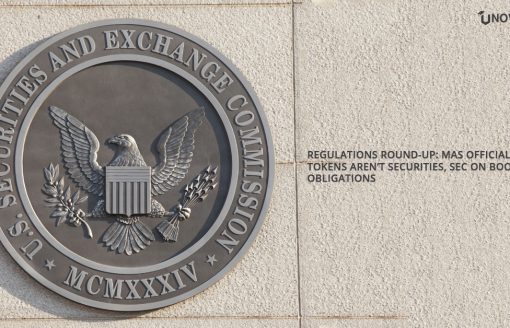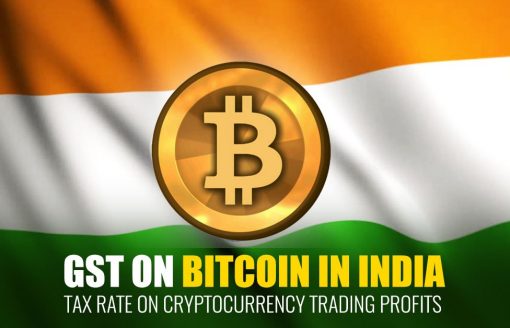Blockchain tech has undoubtedly proven to be a revolution in the financial sector. After its largest implementation in Bitcoin, people are now finding it useful in more and more ways. One such implementation, shockingly enough, is using blockchain technology for preventing food-borne diseases.

Blockchain
The basic problem faced while curbing food borne diseases is the untraceability of the origins of the product. People buy food products of different brands from various stores across the country. If some product, or an ingredient of that product, or a part of the produce is unhealthy, it becomes extremely difficult to trace the origin source of such product because of lack of records. This is a result of the complex supply chain followed by the industries.
The food is first grown in farms, then harvested and stored in granaries, then it is processed, followed by shipping to distributors who then distribute it among the retailers and in the market and this where the end user buys it. Now to trace back in this whole chain of events for a particular food item in a particular retail store can become an onerous task, and it may take days or even weeks for companies to figure out from which farm the diseased product has originated.
According to Centers for Disease Control and Prevention, every year there are about 48 million people in the USA that fall sick to food-borne diseases, around 128,000 get hospitalised, moreover, 3000 people die.
If such a system that is introduced that could perhaps hold detailed records of the participants in the supply chain, which can easily be accessed and referred, then the problem product can be traced and taken out of circulation, preventing the the diseases. Therefore, we go for blockchain.
Why Blockchain?
Blockchain resembles a sophisticated public book of records. This could provide a single resource to collect all the information and can furnish a clearer trail to identify the source of the diseased product. Consumer safety can very well be increased if the safety of the products is ensured and the time consumed to rectify the faults is reduced. Thus, before more people succumb to an outbreak of disease, the affected product can be recalled before it affects a large part of the population. And blockchain makes it possible.

How Blockchain Helps
Companies can provide IoT tags to their products, which would hold information about its expiry date, its processing data, storage temperatures, etc. These tags must hold a unique ID number that could be register a product at each stage of the food chain and the blockchain will keep a track of all these checkpoints over time.
In case of some unfortunate outbreak, employees can simply check the information of the product through this unique ID number and find all the information needed. Thus, it consumes much lesser time and proves to be a significant improvement over the traditional method of searching the roots of the problem.
Walmart, one of the largest retailers in the US market, used blockchain to keep track of its pork shipments to China. In 2017, the VP of Walmart noted that with the use of blockchain, they could trace the information of a product within three seconds whereas it could take weeks traditionally and hence they expanded their use of blockchain in food supplies. Now, even the mangoes shipped to Mexico are ‘blockchained’.
Conclusively, blockchain does help optimise the proceedings over food supplies. If companies opt it as a medium to store information at every checkpoint of their shipping, problems can be identified faster and if somehow there is an outbreak of a disease, a large amount of people can be saved from infection.





Cryptocurrency Regulations: Singapore Lawmakers Say Tokens Aren’t Securities